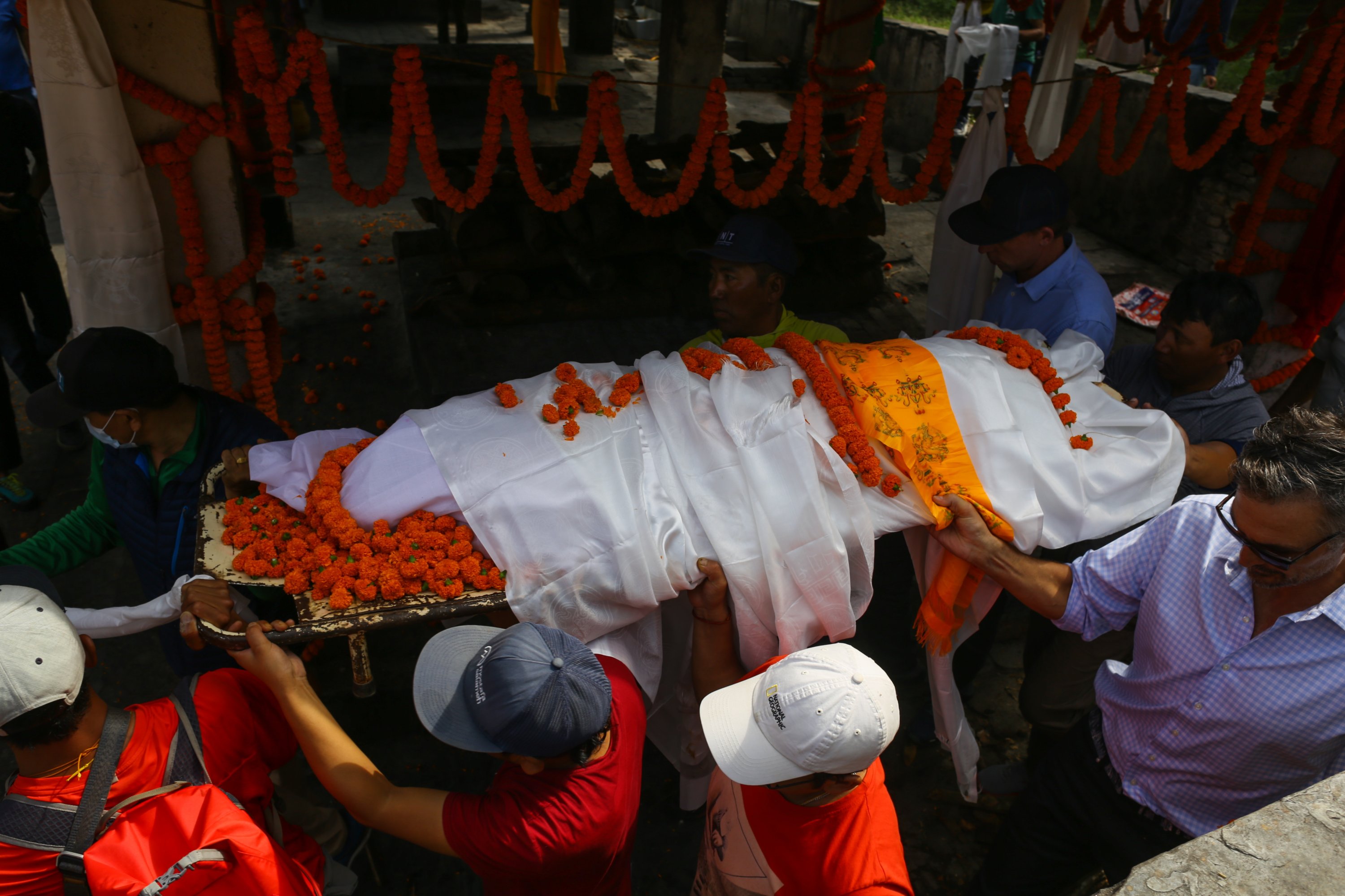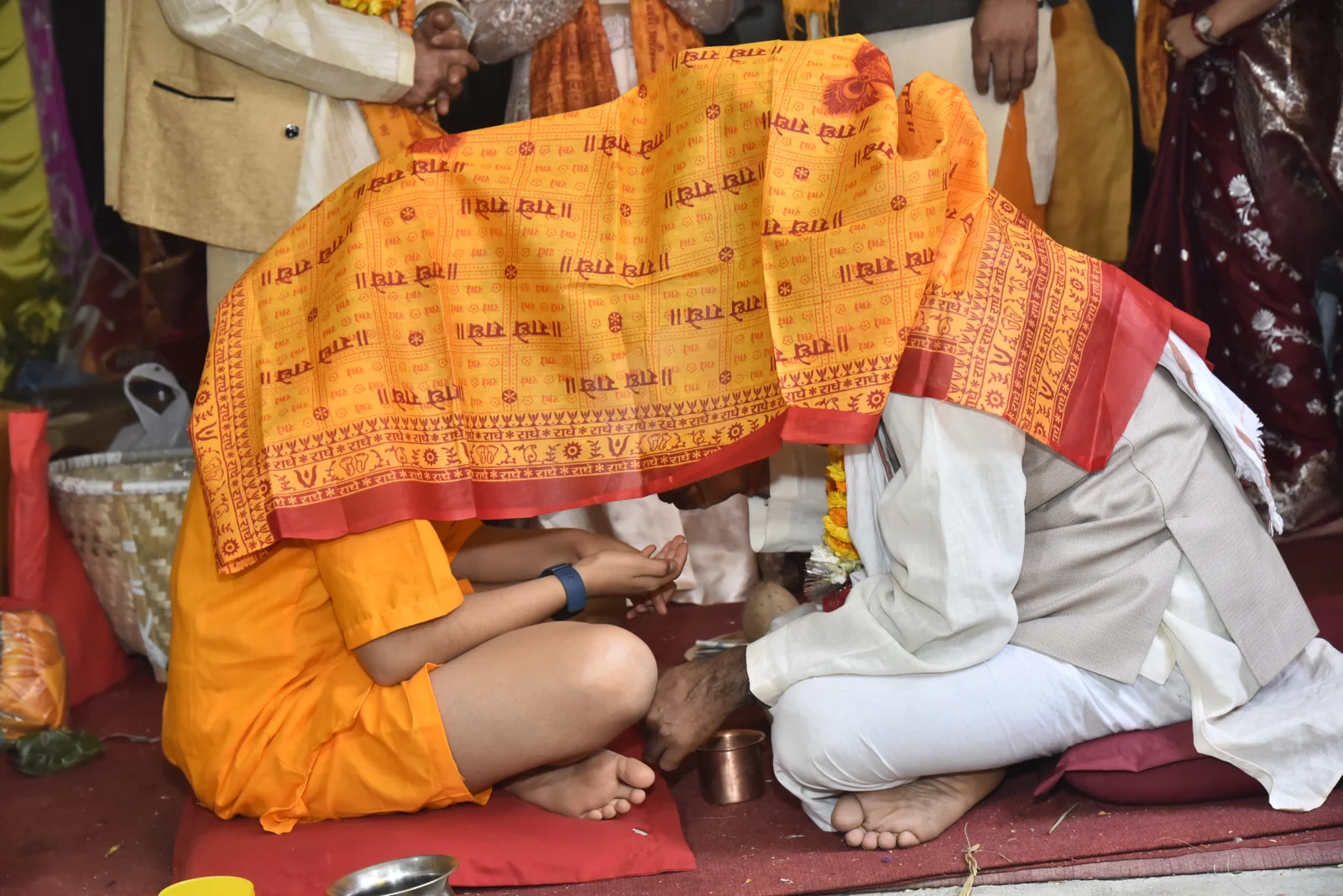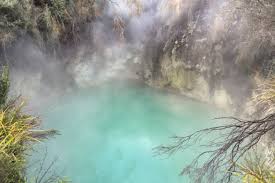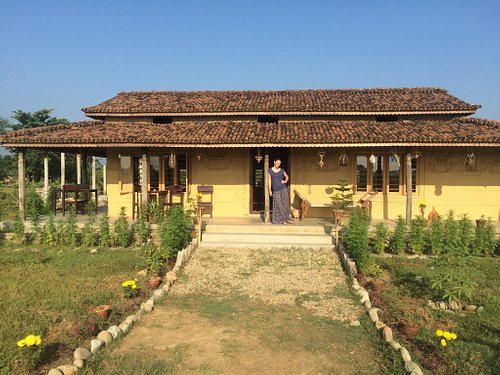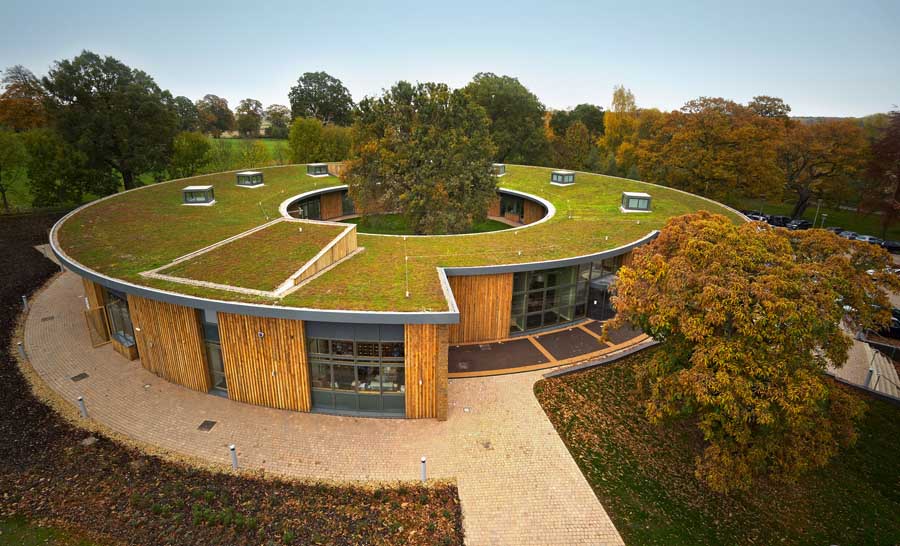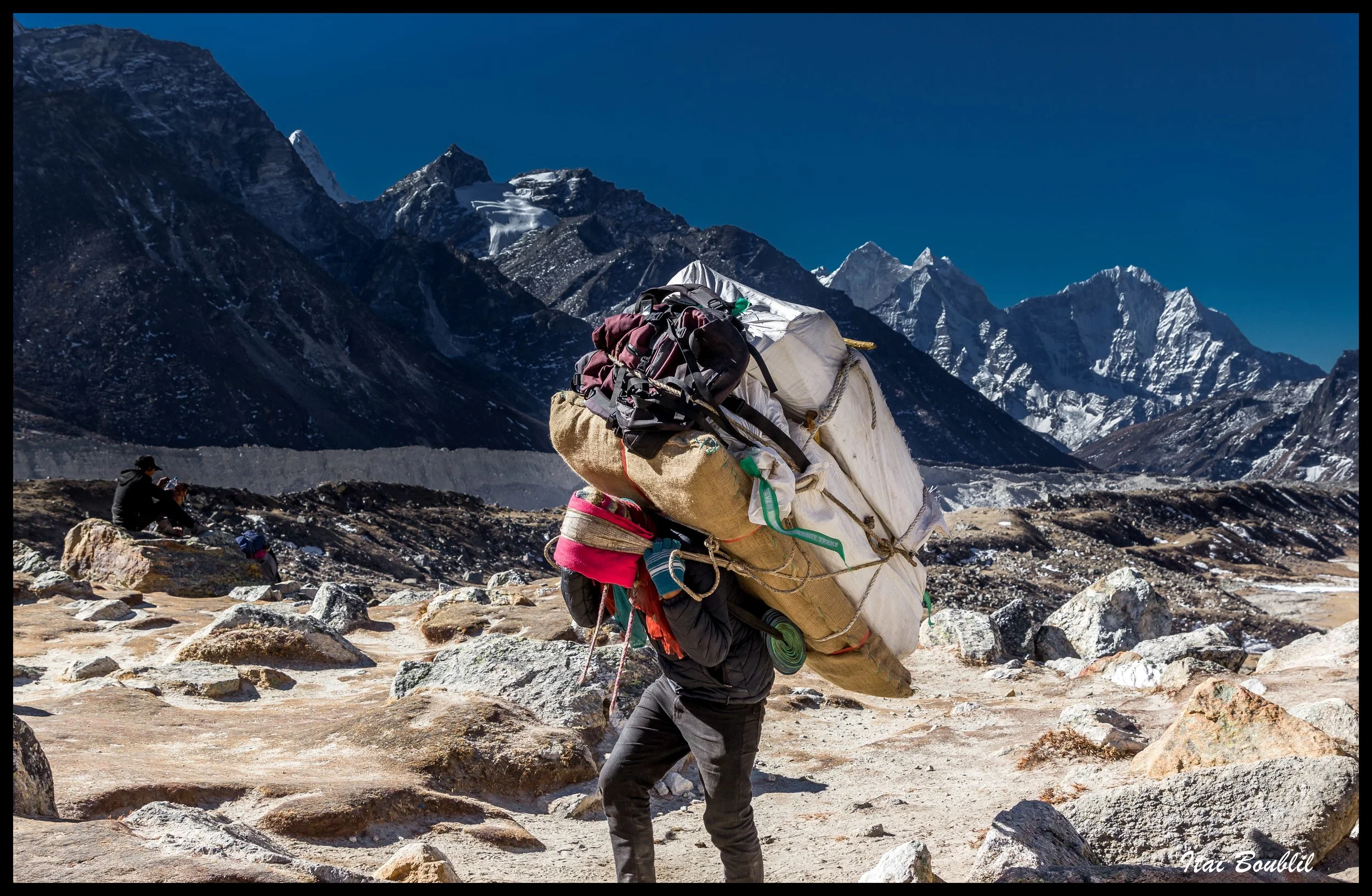Share this Article
The Last Puppets: Dying Art of String Puppetry and Political Satire in Kathmandu
In the shadowed alleys and ancient courtyards of Kathmandu, a peculiar silence has descended. The once-boisterous sound of wooden puppets clicking, the cheers of curious children, and the sharp laughter of adults at a satirical jab have faded. Once a thriving street tradition, string puppetry—known locally as Putali Nach—is teetering on the edge of extinction. This wasn’t just entertainment. In the intricately woven fabric of Nepali culture, puppetry was performance, protest, pedagogy, and a poetic mirror to society. Today, we stand on the brink of losing not just a form of art but an age-old conscience of the people.
Origins of Nepali String Puppetry
Nepali puppetry is deeply rooted in the rich storytelling heritage of South Asia. Though string puppetry exists across the region—in Rajasthan, Odisha, and parts of South India—Nepal developed a uniquely local style. Influenced by Hindu epics, Tantric lore, Buddhist narratives, and later, modern political events, Kathmandu's puppetry evolved as a tool for social reflection.
In the ancient Malla period (12th–18th century), when arts and performance flourished in the Kathmandu Valley, puppet shows were performed in public squares, royal courts, and religious festivals. Puppeteers, often from Newar artisan communities, were also woodcarvers who created the figures by hand—giving them intricate details, spiritual markings, and movable limbs.
The earliest puppets were religious: gods, demons, and celestial beings acted out tales from the Ramayana, Mahabharata, or Jataka stories. Over time, however, the themes diversified. Villagers were added. Soldiers. Kings. Eventually, politicians.
Art in the Strings: Technique and Symbolism
The puppets, typically between 12 to 18 inches in height, are handcrafted from lightweight wood, usually alnus or simal, then painted with vibrant colors. Each puppet wears traditional attire—miniature daura suruwal, gunyo cholo, or topi—and often features exaggerated expressions to emphasize character traits.
The strings, four to five in number, are carefully attached to the limbs and head, manipulated by a wooden or bamboo cross. Master puppeteers, standing behind a cloth screen, could animate multiple puppets at once. A flick of the wrist could turn a soldier into a dancer; a tug could make a tyrant tremble.
Equally important was the narrative. Many puppetry troupes used live narrators who spoke or sang in rhythm with the action. Often, this narration was where the satire hid. Puppeteers would mock injustice, mimic corrupt leaders, or reenact absurdities of bureaucracy—all under the safe veil of performance. The puppet could say what the citizen dared not.
Political Satire: Puppetry as Resistance
Nepal’s volatile political history has always found echo in its folk arts. But puppetry occupied a unique position. In a largely illiterate society, it was an accessible medium for political education. The Putali Nach shows in Asan, Bhaktapur, and Patan during the Panchayat era (1961–1990) and subsequent democracy movements were vehicles for subversive critique.
Under King Mahendra’s absolute monarchy, free press and political speech were heavily censored. But puppets could speak. They could mock greedy sarkari karmacharis (government officers), highlight price hikes, or narrate the frustration of rural communities with the capital’s neglect. An ordinary man could see his own struggle reflected in the absurdities acted out by wooden figures on a makeshift stage.
During the People’s Movement of 1990, and again in the 2006 uprising that ended monarchy, underground puppet shows gained traction. Activist-puppeteers would carry portable puppet boxes to remote areas and use them to spread messages about democracy, human rights, and social reform. In a land where activism could get you jailed, puppetry was both shield and sword.
The Stage Shrinks: Decline in the 21st Century
Despite its golden past, the 21st century has not been kind to Nepali puppetry. Globalization, urban migration, and digital distractions have eroded the foundation of this centuries-old craft.
Firstly, there’s dwindling demand. Television, cinema, YouTube, and TikTok have captivated younger generations, leaving little space for traditional forms. Children who once huddled around a puppet box now swipe past puppet-themed content within seconds.
Secondly, puppeteering is labor-intensive and financially unsustainable. One puppet can take days to carve and paint. A whole performance troupe needs time to rehearse, costumes, music, narration—and yet, a single show might fetch less than a day's wage for a construction worker. Few young people wish to inherit the art when it promises poverty over prestige.
Thirdly, urbanization has shrunk public spaces. The open squares and bahals where shows once thrived are now parking lots or commercial zones. Street performances are often seen as obstructions rather than cultural gems.
Finally, government support has been minimal. Unlike in countries like Indonesia or India, where puppetry has been preserved as a cultural heritage and subsidized by the state, Nepal has done little to formalize the art or include it in education, festivals, or museums.
Living Legends: The Last Puppeteers
Despite these challenges, a handful of master puppeteers remain—living repositories of a vanishing tradition.
Ram Shrestha – The Satirist of Asan
A familiar figure in Kathmandu’s Asan tole, Ram Shrestha began performing puppet shows in the 1970s. His performances were known for razor-sharp satire. One of his most popular skits featured a puppet politician who promises roads, jobs, and electricity to a village—and ends up stealing the village cow instead. Audiences roared with laughter, recognizing the truth in the farce.
Now in his 70s, Ram still keeps his puppets in a carved wooden trunk, their paint flaking, their strings tangled, but their spirit intact. He teaches neighborhood children, hoping at least one will carry on the tradition.
Kumari Putali Guthi – The Women Puppeteers
In Bhaktapur, a rare all-women puppetry group emerged in the late 1990s. Known as the Kumari Putali Guthi, they focused on gender issues, dowry, domestic violence, and women’s rights. They performed in rural areas, often to audiences of women who saw their own lives reflected on stage.
Their shows didn’t just entertain—they empowered. Today, only three members remain active, and the group survives on occasional NGO funding.
Puppetry in Contemporary Nepal: Adapt or Die?
All is not lost. The winds of revival are slowly stirring. A new generation of artists, anthropologists, and digital creators are rediscovering puppetry and seeking ways to adapt it for modern contexts.
Theater Collaborations
Puppets are being integrated into mainstream theater. Groups like Mandala Theatre and One World Theatre have experimented with puppetry as part of contemporary performances on migration, climate change, and mental health.
Digital Puppetry and Animation
Young artists are digitizing puppet designs, creating animation shorts based on traditional stories. Platforms like YouTube and Instagram are now being used to share puppet-based content with wider audiences.
Cultural Tourism and Workshops
Kathmandu’s craft schools and museums, such as the Patan Museum and Nepal Art Council, have begun hosting puppetry workshops. Tourists are fascinated by the craftsmanship and the political depth behind the seemingly simple dolls.
School Curriculum and Outreach
There is a growing movement to include puppetry in school activities. NGOs working in heritage education are introducing children to traditional puppetry—not just as entertainment, but as a tool for learning history, ethics, and civic responsibility.
Why Saving Puppetry Matters
At first glance, a puppet show might seem trivial—a wooden doll dangling on a string. But look deeper, and you’ll find something profound. Puppetry reflects our collective memory, satire, resistance, and imagination. It gave voice to the voiceless. It made the mighty laugh at themselves. It carried legends and secrets from generation to generation.
In a time when societies are growing more fractured, and voices of dissent are increasingly policed, we must protect every form of cultural expression that allowed people to question, mock, and reflect. Puppetry is not just entertainment—it is freedom carved in wood, moved by hand, and spoken through centuries.
Conclusion: A Call to Action
The last puppets of Kathmandu are waiting—not just for an audience, but for a lifeline. Reviving puppetry will not be easy. It requires investment, imagination, and deep cultural commitment. But if Nepal can revive its puppets, it won’t just save a dying art. It will reclaim a vital tool for social critique, a bridge between past and present, and a unique voice that dared to speak truth—without ever opening a human mouth.
Let us not wait until the puppets are silent forever.
Categories:
Travel & Tourism
,
Culture & Traditions
,
Adventure Activities
,
Nature & Wildlife
,
History & Heritage
,
Lifestyle & Local Life
,
Health & Wellness
,
Education
,
Spirituality & Religion
,
Food & Drink
Tags:
asdasd
,
Thamel
,
nagi gumba
,
sundarijal
,
dashain
,
festival of nepal
,
bada dashain
,
traditional food
,
traditional-drink
,
murchunga
,
nepalese music
,
traditional instruments
,
tradition
,
architecture
,
holi
,
national park
,
chitwan national park
,
unesco heritage sites
,
nepal wildlife
,
biodiversity conservation
,
rudraksha
,
bhojpatra
,
phewa lake
,
religious destination of nepal
,
rara lake


